#inlay
Text

Chessboard with Flower Border by Giovanni Battista Sassi (1679-1762)
9K notes
·
View notes
Text
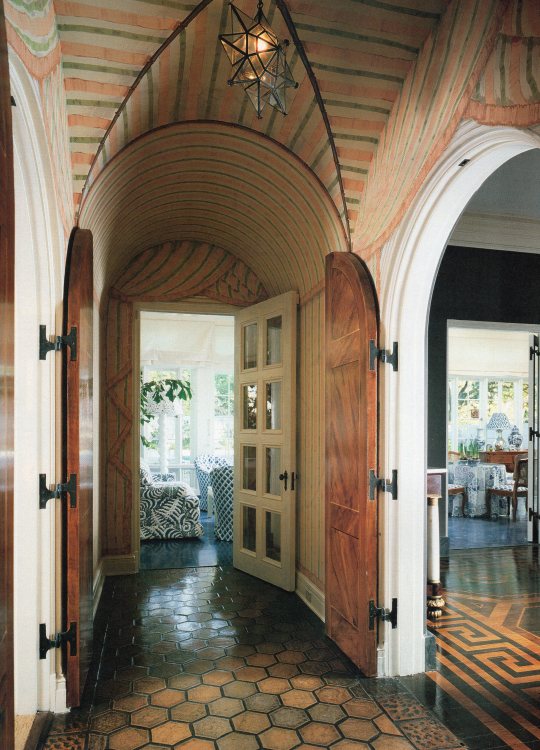
Southern Interiors, 1988
#vintage#vintage interior#1980s#80s#interior design#home decor#entryway#terra cotta#inlay#flooring#barrel ceiling#trompe l'oeil#blue and white#antique#porcelain#sunroom#traditional#Southern#style#home#architecture
465 notes
·
View notes
Text
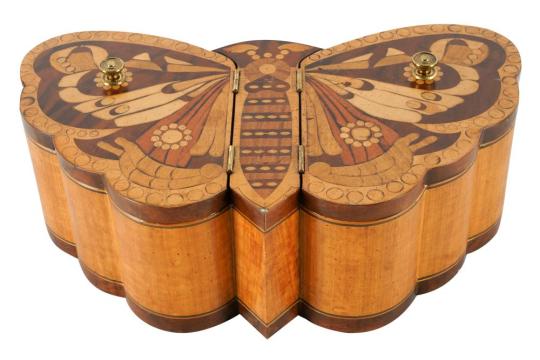
Butterfly box with wood inlay by Maitland-Smith. Picture from the Invaluable auction where it was sold.
955 notes
·
View notes
Text
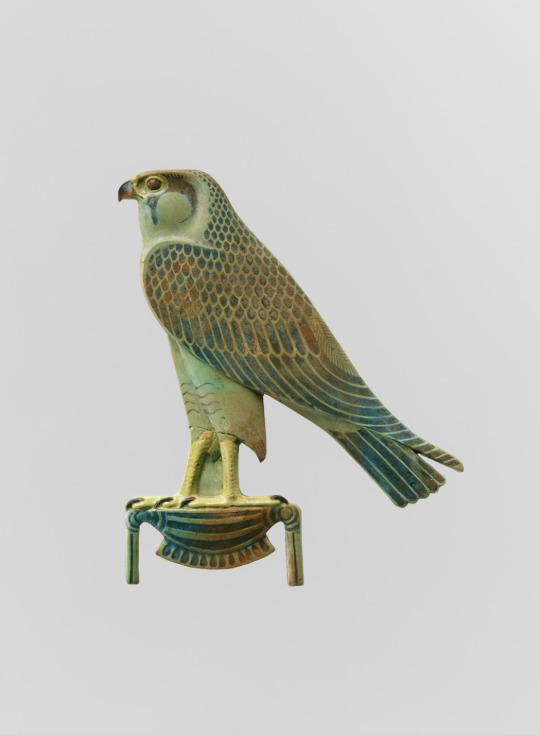
Inlay Depicting "Horus of Gold"
Egypt, Late Period–Ptolemaic Period, 4th century B.C
159 notes
·
View notes
Text

Ancient Egyptian faience inlay depicting a falcon with spread wings. Artist unknown; 4th cent. BCE (Late Period or early Ptolemaic). Now in the Metropolitan Museum of Art.
#art#art history#ancient art#Egypt#Ancient Egypt#Egyptian art#Ancient Egyptian art#Late Period#Ptolemaic#Ptolemaic Egypt#Ptolemaic art#animals in art#birds of prey#falcon#inlay#faience#Metropolitan Museum of Art
888 notes
·
View notes
Text
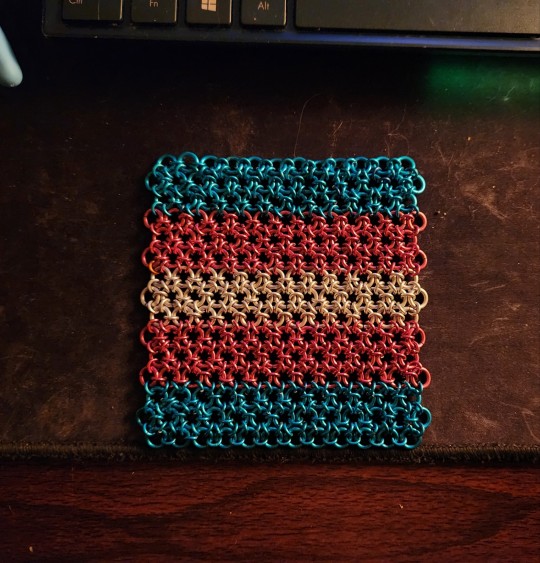
Trans pride patch for a friend!
34 notes
·
View notes
Text
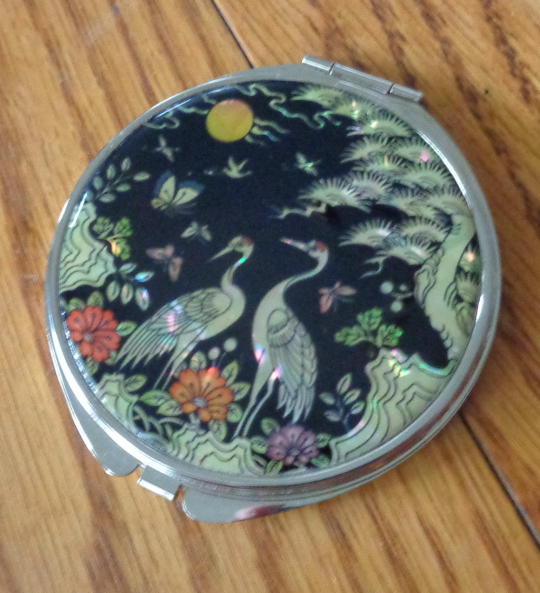
One of the neatest unexpected things I found when cleaning out my father's house was this little mirror. It's about palm-sized and beautifully inlaid. It's also slimmer than you'd expect, because the inside mirrors are polished metal instead of glass.

21 notes
·
View notes
Text

157 notes
·
View notes
Text
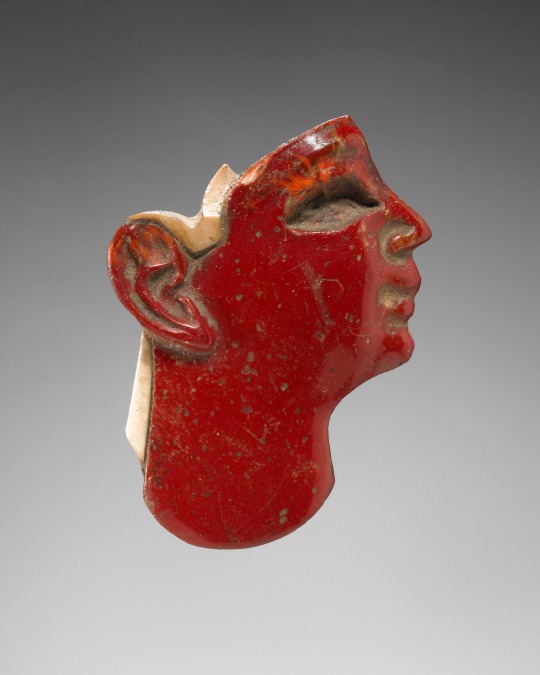
Profile head inlay facing right cast in deep red glass. The facial features are well articulated. The eye was once inlaid, likely in a material of a contrasting color. There are small fragments of a white glass headdress still attached to the top of the head and the back of the neck. In good condition with a few minor nicks and scratches.
New Kingdom, 18th to 20th Dynasty, ca. 1540-1075 BC. Now in the J. Paul Getty Museum. 2003.149
37 notes
·
View notes
Text


Inlay, pattern of squares
Ptolemaic Period–Roman Period 100 BC–100 AD
A mosaic glass technique allowed multiples of an image to be created: a figural or design composition was made by bundling colored glass canes, which were then drawn out into a long bar. The bar was then sectioned at right angles, probably by striking the bar with appropriate tools, to produce small inlay tiles. The tile would then be smoothed and polished on the face intended to appear outwards.
26 notes
·
View notes
Photo



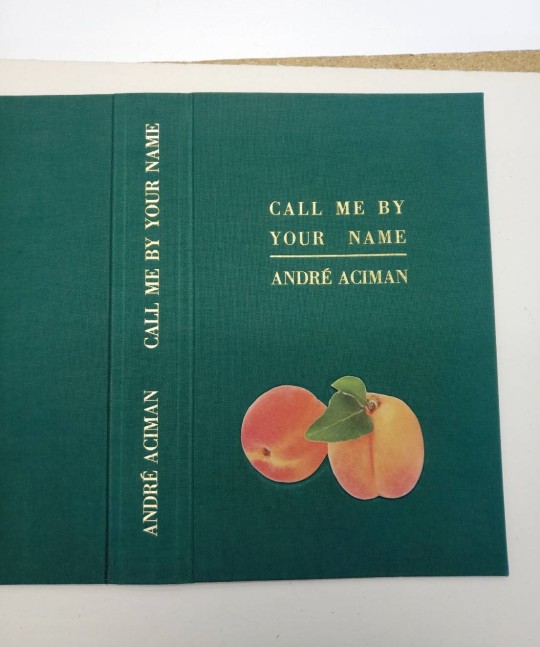
WIP Call me by your name
Part VI
making the case
This one gave me a bit of a headache with some of the design steps. Anyone who’s read the book won’t ask why apricots/peaches for the design element, but I wanted them fuzzy too touch and first had to find a velourspaper that would take colour without being too bright to look pleasant. I found a somewhat pale cream hued paper that worked out nicely.

(Don’t ask about the printing, I know neither fear nor qualms just running whatever paperlike sheets I have through a printer as soon as I don’t immediately come up with reasons why I shouldn’t and I pick printer settings based on nothing but gut-feeling).
I set the apricots a bit back to protect the fuzz from wear and dirt and the corners from wearing off.
The titling worked out well. The letterspacing in the first line could have done with less space between the letters in favour of more space between the words. I didn’t notice that on my test stamps though. I think it still reads fine.
The whole design would have done well with being a little higher on the cover, but the cut out was made and after I hot stamped the first line there was nothing to do about the position of the title anymore either.
By the way, in order to have it easier later to round the spine of the case I always pre-round the spine stiffener. That an happen at various moments in the building process. There are special heated metal rods used for rounding the usually finished case. They are nifty but not really necessary.
Some use a round rod (often made from wood) with some paper glued to it to wrap up the spine stiffener and round it. I wasn’t trained with those and don’t feel comfortable using them. I use the rounded edge of my workbench and just gently move it back and forth, starting with low pressure and giving it more as I notice the spine stiffener giving in.

I do this from with the back cover on the table as well as with the front cover on the table. The reason is to prevent this from happening.

The spine on this book was very stiff and I applied too much force too quickly, so it broke (I have no idea if that is what this problem, or rather, result is called in english. I know it in direct translation as a ‘broken spine’.)
41 notes
·
View notes
Text
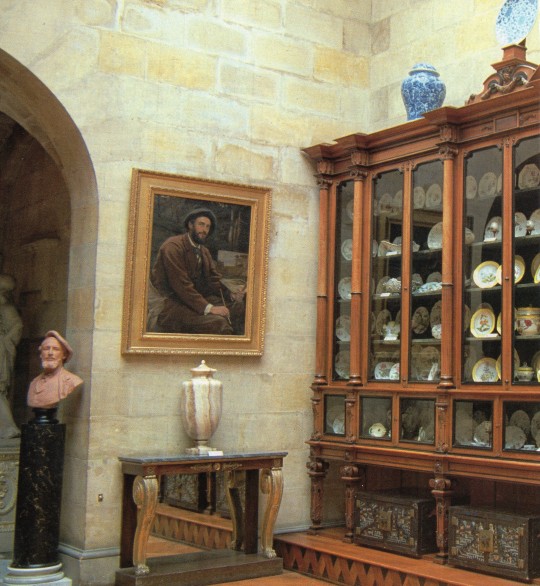
Antiques at Home, 1989
#vintage#vintage interior#1980s#80s#interior design#home decor#chateau#antique#glass cabinet#marble#sculpture#portrait#classical#style#trunk#inlay#home#urn#architecture
134 notes
·
View notes
Text
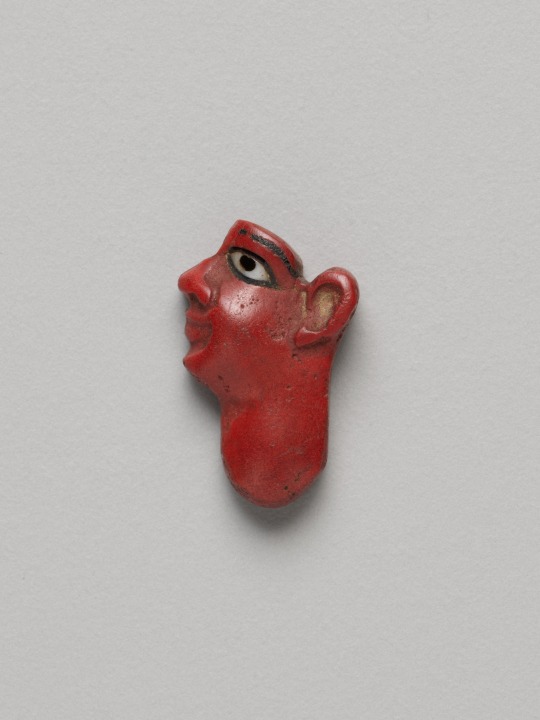
Inlay Depicting the Face of a King
Egyptian, Ptolemaic Period (332–30 BCE)
Figures of the king or the gods made of pieces of brightly colored glass appeared about 1350 B.C. and continued to be made into the Ptolemaic period. The color follows the tradition in Egyptian art of depicting the skin of men as red.
36 notes
·
View notes
Text

IG michellenussbaumer
84 notes
·
View notes
Text

by Elizabeth Johnson-Wold
#original photographers#photographers on tumblr#airmail letter#british stamp#things from my parent's house#desk#inlay#purloined letter by Edgar Allan Poe#still life
3 notes
·
View notes
Photo

A Bohemian pietre dure panel, Prague, early 17th C. Attributed to the Castrucci workshop. mountainside town, landscape, and harbor. Pietra dura-the inlay technique of using cut and fitted, highly polished colored stones to create images.
#rennaissance#1600s#art#craft#decorative#decor#collage#bohemian#panel#prague#Rolling Stones#inlay#colorful
131 notes
·
View notes